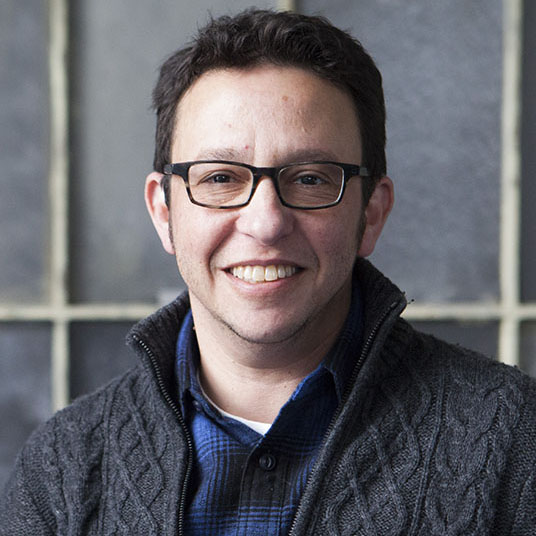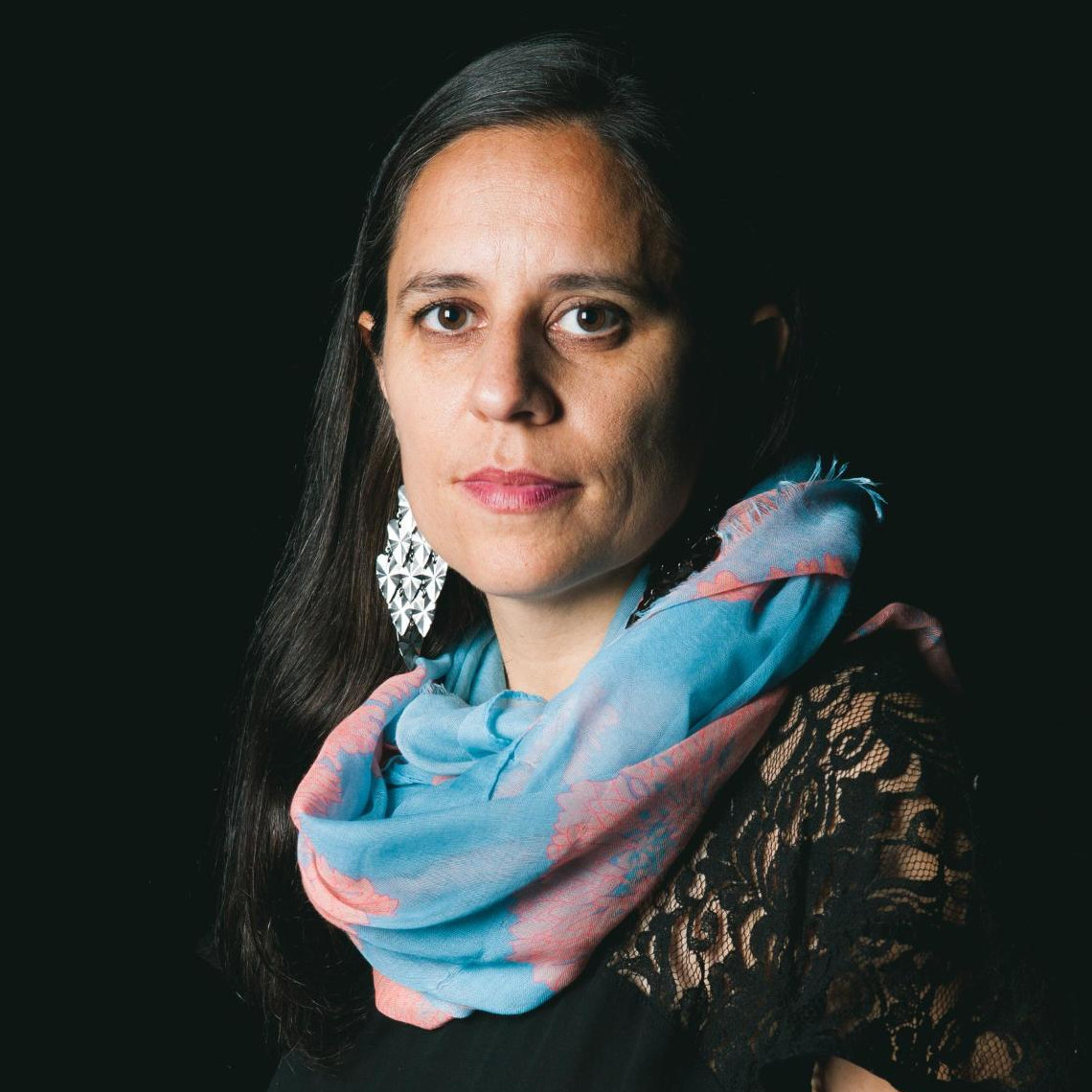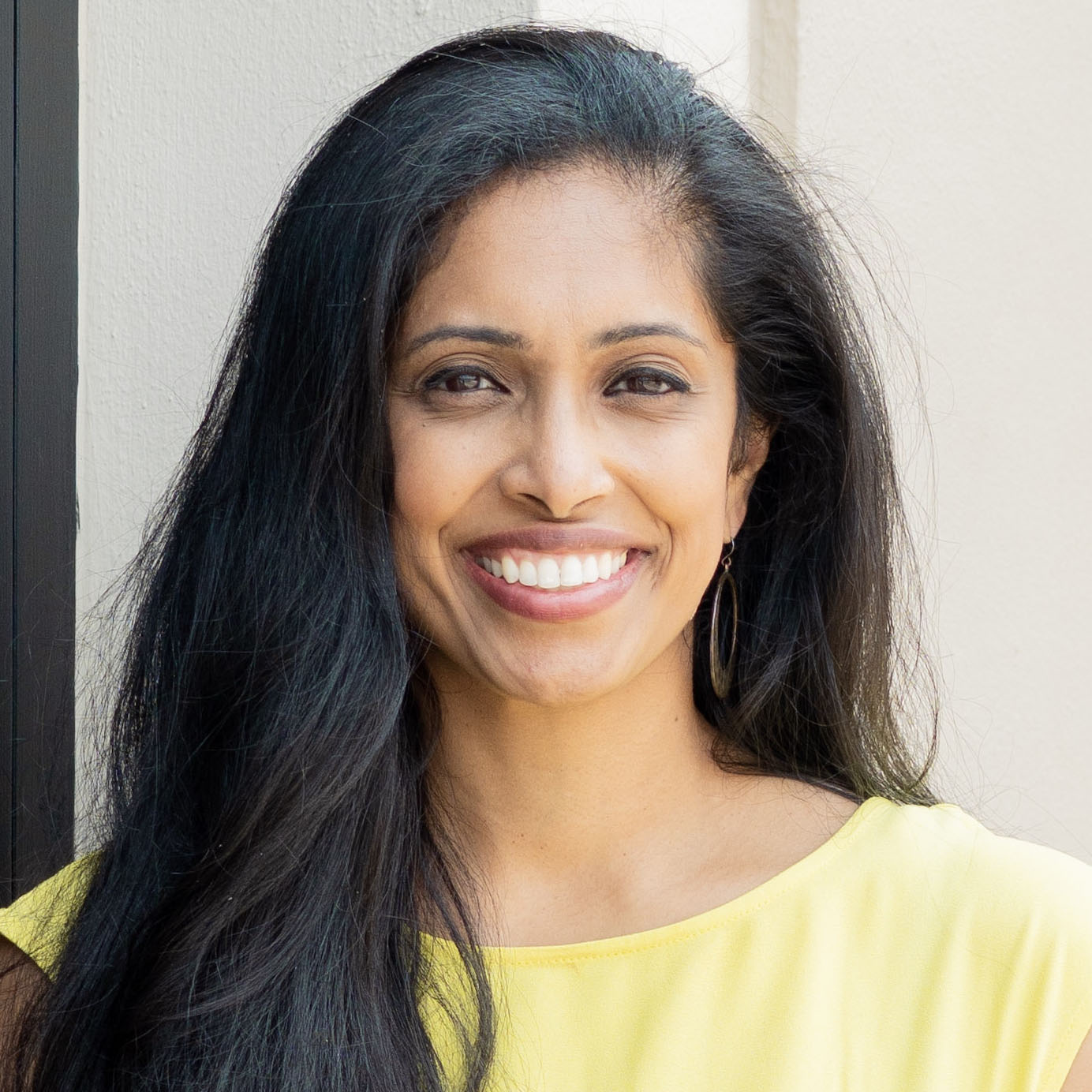Evaluation
This website features header photos showcasing artists and performances. Full photo descriptions are available on our Accessibility & Credits page.



Applications are evaluated by a rotating panel of six Bay Area artists representing multiple disciplines, geographic areas, aesthetic styles, and backgrounds. Panelists are respected experts and mentors in the Bay Area arts community; each panelist serves a three-year term.
Select a photo to view bio.

Stephen Shafer Mazow, Executive Director at Z Space, is a writer, theater artist, fundraiser, and activist living in San Francisco and working in program development and strategic initiatives at the intersection of art, science, and social justice. Read more.

Eric is a San Francisco-based devised dance-theater artist, drag queen, community organizer, and the Co-Director of Detour. He creates immersive and site-responsive performances that straddle nostalgia, radical futurism, collaborative ensembles, and queer maximalism. Read more.

Leigh is a theatre performer, dramaturg, director, and producer who has worked widely both within the Bay Area and national industry. They attended Wellesley College and were a member of Oakland's Laney College Fusion Theatre Project. Read more.

Jenifer K Wofford is a San Francisco artist and educator whose work investigates hybridity, history, calamity and global culture, often with a humorous bent. She is also 1/3 of the Filipina-American artist trio M.O.B. Read more.

Ruthie Dineen is a pianist, composer, bilingual teaching artist, and Licensed Clinical Social Worker. She grew up in the Bay Area; her mother’s family is Salvadoran and her fathers’ Irish-American. Read more.

Nadhi Thekkek is the Artistic Director of Nava Dance Theatre, a bharatanatyam dance company based in San Francisco. Nadhi uses the south Indian dance form to navigate place, identity, and politics through the lens of her lived experience as a child of immigrants and an unapologetic South Asian, diasporic woman. Read more.
455 Market Street, Suite 2200
San Francisco, CA 94105
(415) 421-2629
(415) 421-6317 FAX
communityarts@zff.org
Header: The Umoja Festival, Zimbabwean singer Piwaii, 2019. Photo by Mecca Media.
On a sunny outdoor stage, a singer holds a microphone as the wind blows her brown curly hair out behind her. She is wearing stacked gold rings around her throat and wrists, and has a collar made of long black feathers around her neck and chest. She is a warrior, and superhero.
Copyright © 2022 Zellerbach Family Foundation.Terms | Privacy
Site created by: Outside Voice, Natalie Kitamura Design, and PikaLabs.